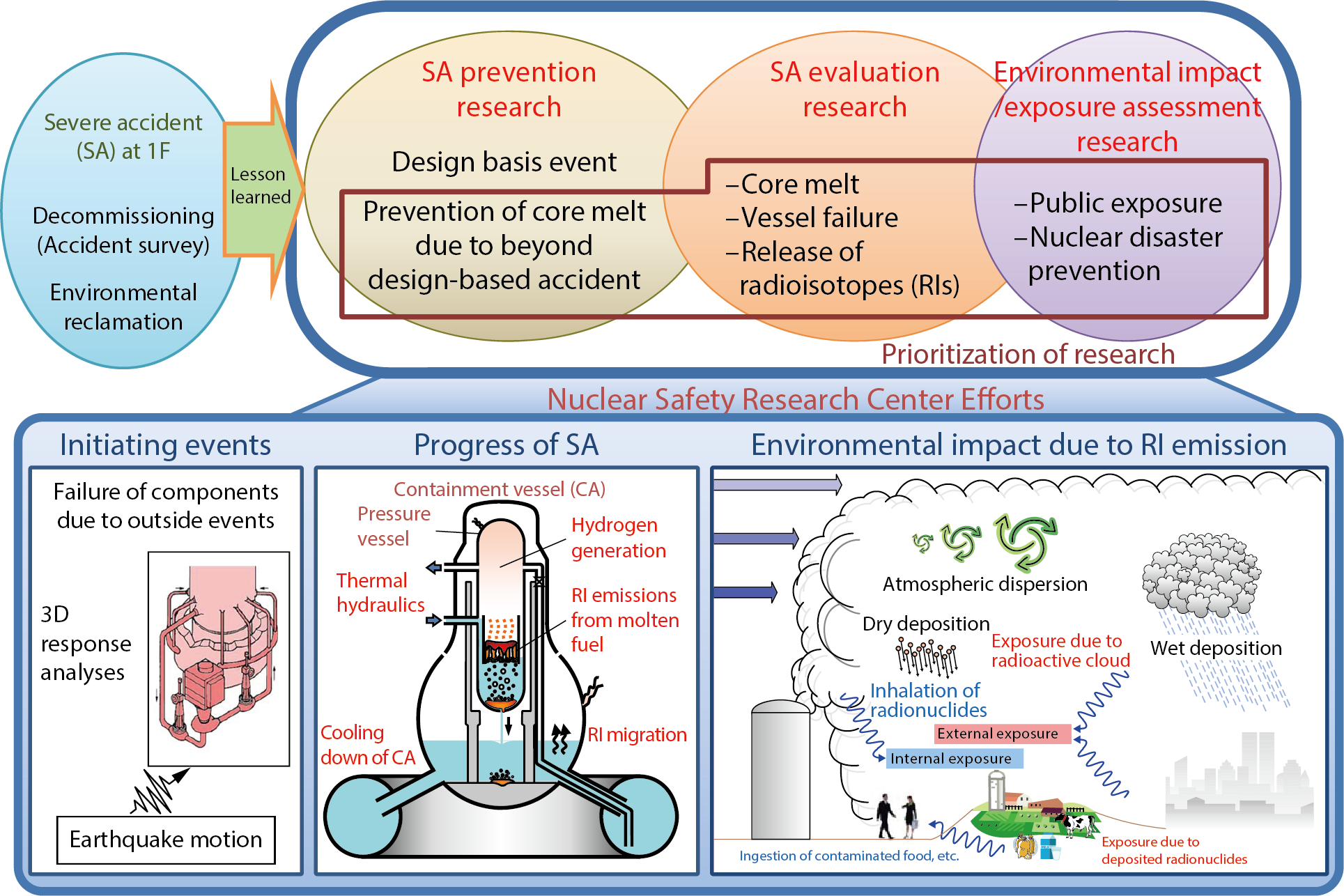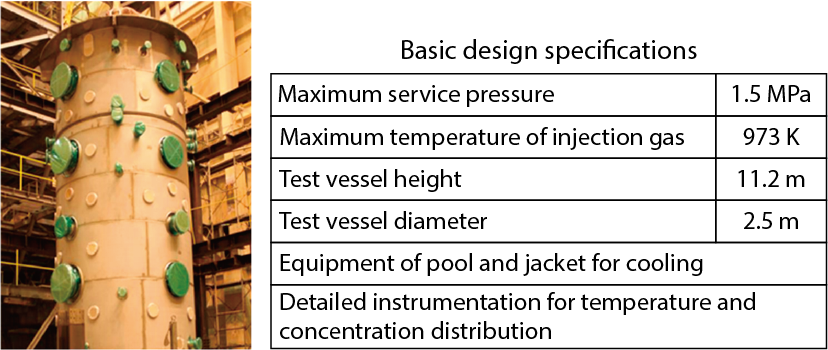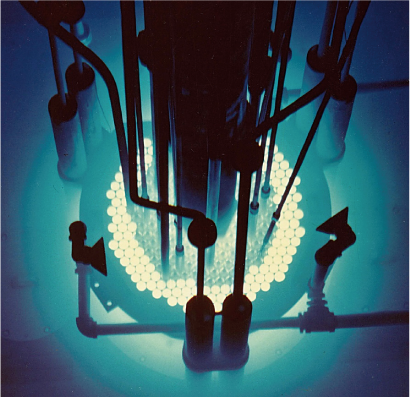
Fig.2-1 Directions of research at the Nuclear Safety Research Center

Fig.2-2 Outline of the large-scale containment vessel test facility (CIGMA)

Fig.2-3 Nuclear safety research reactor (NSRR)
The Nuclear Safety Research Center (NSRC) performs advanced safety research to provide a technical basis for nuclear regulatory authorities in terms of nuclear safety assessment. It also offers a long-term viewpoint through calculations, experiments, and measurement techniques. Through such research, we contribute to the development of safety criteria and support the creation of safety regulations with continuous improvement aimed at the highest level of safety.
We reviewed our previous research on design-based events prior to the accident at the TEPCO’s Fukushima Daiichi NPS (1F). This was done in accordance with the lessons learned from the disaster, as shown in Fig.2-1. To reduce the risks associated with operating nuclear facilities, we have expanded the research on prevention and mitigation during the progression of severe accidents (SA), in preparation for and in response to emergency situations, on the consequences of radiation and the management of radioactive waste, and on the nuclear criticality safety assessment of fuel debris related to the 1F accident.
With regard to SA research, we intend to clarify the thermal-hydraulic phenomena that occur during SAs and develop effective measures to mitigate them. Therefore, we have conducted experiments at a large-scale containment vessel test facility called the Containment InteGral Measurement Apparatus (CIGMA), as shown in Fig.2-2. The experiments have focused on gas phase behaviors at high temperatures and the thermal-hydraulic behaviors of mixed gas, including hydrogen, which can cause containment vessel damage. With a view to upgrading SA evaluation methods, we intended to improve the accuracy of analyses using the computer codes for SA, employing knowledge obtained from the benchmark exercise on the 1F accident conducted by the OECD/NEA international cooperative project. By using the nuclear safety research reactor (NSRR) shown in Fig.2-3, we performed research that focused on the fuel failure limit, the effect of a fuel failure on the reactor during a reactivity-initiated accident, i.e., one of the design basis accidents for the safety evaluation of a nuclear reactor, and so on.
Moreover, we developed aircraft monitoring techniques using a manned helicopter to investigate the distribution of radionuclides in the atmosphere around 1F following the accident. We also performed background monitoring around the Kyushu Electric Power Company’s Sendai NPS in response to emergency situations, according to the basic disaster management plan. In addition, a study on the ultra-trace analysis of nuclear materials for nuclear safeguards was conducted using a clean room facility.
This chapter presents the results of recent research on topics that include an investigation on post-boiling transition heat transfer in order to make models and validate thermal hydraulic codes (Topic 2-1), the influence of the air fraction in steam on the growth of the columnar oxide and α-Zr(O) layers (Topic 2-2), source term analysis considering the eutectic interaction of boron carbide with steel and oxidation during severe accidents (Topic 2-3), the development of a model for calculating the dose reduction effects of vehicles (Topic 2-4), the migration behavior of radioactive materials under boiling and drying accidents of high-level liquid waste (Topic 2-5), and the measurement of chemical states and isotope ratios in individual uranium particles using micro-Raman spectroscopy and other techniques (Topic 2-6).
Moreover, two topics related to the development of a topographical source model for air dose rate conversions in aerial radiation monitoring (Topic 1-11) and a simulation of the effect for reducing air dose rates by forest decontamination (Topic 1-16) are described in Chapter 1.